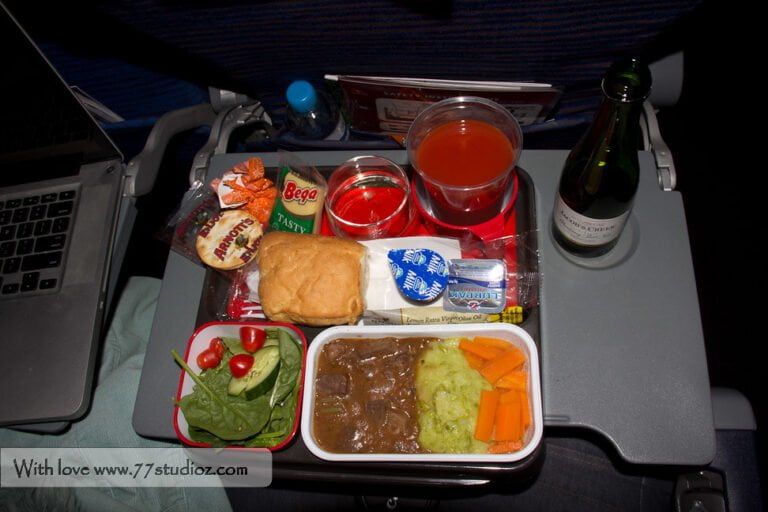What Is the Rule of Thumb for Backpacking?
The Rule of Thumb for backpacking suggests that a backpack should weigh no more than 30% of the hiker's body weight, providing a practical guideline for managing pack weight and ensuring a safe and comfortable journey. This principle is rooted in the understanding that excessive pack weight can lead to fatigue, discomfort, and even injury. By calculating the ideal pack weight, backpackers can avoid common mistakes and make informed decisions about gear selection and quality. By following this guideline, backpackers can focus on enjoying the wilderness experience, and with further planning and preparation, they can tap the full potential of their backpacking adventure.
Defining the Rule of Thumb
The Rule of Thumb for backpacking, also known as the '30% rule,' is a fundamental guideline that suggests that a backpack should weigh no more than 30% of the hiker's body weight to guarantee a safe and comfortable journey, thereby safeguarding a pleasant experience. This principle is rooted in the understanding that excessive pack weight can lead to fatigue, discomfort, and even injury. By adhering to this guideline, backpackers can certify they are carrying a manageable load, allowing them to focus on the journey rather than the burden on their back. Calculating the ideal pack weight is straightforward: simply multiply your body weight by 0.3 to determine the maximum acceptable load, thus verifying a comfortable and safe journey.
Understanding Pack Weight Limits
Regularly, backpackers struggle to determine the ideal pack weight, often finding themselves torn between bringing essential gear and avoiding excessive load. A general rule of thumb is to aim for a pack weight between 20-30% of your body weight. For example, if you weigh 150 pounds, your pack should weigh around 30-45 pounds. This allows for a comfortable and sustainable carrying capacity while still allowing for essential items. It's essential to ponder factors such as terrain, climate, and trip duration when determining your ideal pack weight. By understanding your pack weight limits, you can make informed decisions about what gear to bring, ensuring a safe and enjoyable backpacking experience.
Essential Items to Pack First
When determining what gear to bring, prioritize items that address safety, comfort, and hygiene, as these elements substantially impact the overall quality of your backpacking experience. First, pack essential safety items such as a first aid kit, headlamp or flashlight, and a personal locator guidepost (PLG) or satellite phone, depending on the remoteness of your destination. Next, consider comfort items like a sleeping pad, insulated jacket, and warm hat. Finally, don't forget hygiene essentials like biodegradable soap, toilet paper, and hand sanitizer. These items will help guarantee a safe, comfortable, and enjoyable backpacking trip. By packing these essentials first, you'll be well-prepared for any situation that may arise on the trail.
Calculating Your Base Weight
Accurate base weight calculation involves tallying the total weight of your backpack's essential components, including the pack itself, sleeping bag, sleeping pad, and tent, to establish a benchmark for future gear assessments and optimization. This calculation provides a foundation for making informed decisions about gear additions or substitutions. To calculate your base weight, gather your essential items and weigh them together. Record the total weight in pounds or kilograms. Be sure to include the weight of any stuff sacks, compression bags, or other accessories that will be carried. A precise base weight calculation enables you to identify areas for weight reduction and make data-driven decisions to optimize your backpacking setup.
Adding Luxury Items Wisely
Beyond the essential items that comprise your base weight, adding luxury items wisely requires a deliberate consideration of their impact on your overall pack weight and hiking experience. Luxury items can substantially boost your comfort and enjoyment, but they can also quickly add pounds to your pack. To strike a balance, prioritize items that serve multiple purposes or offer notable benefits. For example, a portable camp chair may seem indulgent, but it can provide a welcome respite during rest breaks and camp setup. Consider the frequency of use, weight, and bulk of each luxury item, and make deliberate choices that align with your backpacking goals and priorities. By doing so, you can enjoy the comforts of home without sacrificing the efficiency and freedom that backpacking affords.
Tips for Reducing Pack Weight
To further optimize your backpacking experience, it's vital to scrutinize every item in your pack and identify opportunities to shed unnecessary weight, as even small reductions can have a substantial impact on your overall comfort and agility on the trail. Begin by evaluating your clothing selection, opting for lightweight, quick-drying fabrics and considering a versatile layering system. Next, assess your cookware and utensils, selecting compact, multi-functional options. Finally, re-examine your personal care items, choosing travel-sized toiletries and streamlining your first-aid kit. By implementing these strategies, you can markedly reduce your pack weight, allowing for a more enjoyable and efficient backpacking experience.
Common Mistakes to Avoid
Overpacking and poor gear choices are common pitfalls that can quickly derail an otherwise well-planned backpacking trip, leading to frustration, fatigue, and even safety risks. Inexperienced backpackers often fall prey to the 'just in case' syndrome, packing unnecessary items that add weight and bulk to their packs. Another mistake is failing to ponder the terrain and weather conditions, leading to inadequate clothing and gear. Additionally, neglecting to test gear before setting out on a trip can result in unexpected failures or discomfort. To avoid these mistakes, it's essential to carefully plan and prepare, weighing factors such as trail conditions, weather forecasts, and personal needs. By doing so, backpackers can guarantee a safe, enjoyable, and successful trip.
The Importance of Gear Quality
While careful planning and preparation can mitigate many common mistakes, even the most meticulous backpackers can still fall victim to subpar gear, which is why investing in high-quality equipment is vital to ensuring a safe and enjoyable journey. A good backpack, for instance, should have sturdy straps, multiple compartments, and weather-resistant material. Sleeping bags and pads should provide adequate insulation and comfort. Stoves and cooking gear should be reliable and efficient. In addition, clothing and footwear should be durable, breathable, and suitable for varying conditions. By investing in high-quality gear, backpackers can minimize the risk of equipment failure, reduce fatigue, and focus on enjoying the wilderness experience.
Adapting to Different Environments
Through careful observation and research, backpackers can anticipate and prepare for the unique challenges posed by varying environments, from the scorching heat of desert landscapes to the freezing cold of alpine regions. In arid environments, backpackers should prioritize hydration, sun protection, and light-colored, breathable clothing. In contrast, alpine regions require insulated, waterproof gear and warm layers to combat hypothermia. In humid environments, moisture-wicking fabrics and waterproof storage are essential to prevent gear damage. By understanding the distinct demands of each environment, backpackers can tailor their gear and strategies to guarantee a safe and enjoyable journey. This adaptability is critical to successfully charting diverse landscapes and climates.
Real-World Applications and Examples
In the rugged terrain of the Grand Canyon, a backpacker's ability to adapt to the desert environment is exemplified by their careful selection of gear, such as a water-filtering system and sun-protective clothing. This attention to detail is vital in ensuring a safe and enjoyable trip. For instance, a backpacker trekking through the Rocky Mountains may prioritize a waterproof jacket and insulated sleeping bag to combat harsh weather conditions. Meanwhile, a hiker exploring the Appalachian Trail may opt for lightweight, quick-drying clothing and a portable stove for efficient meal preparation. By applying the rule of thumb to real-world scenarios, backpackers can optimize their gear and strategy to thrive in diverse environments, and need to take the leap to explore new territories.


